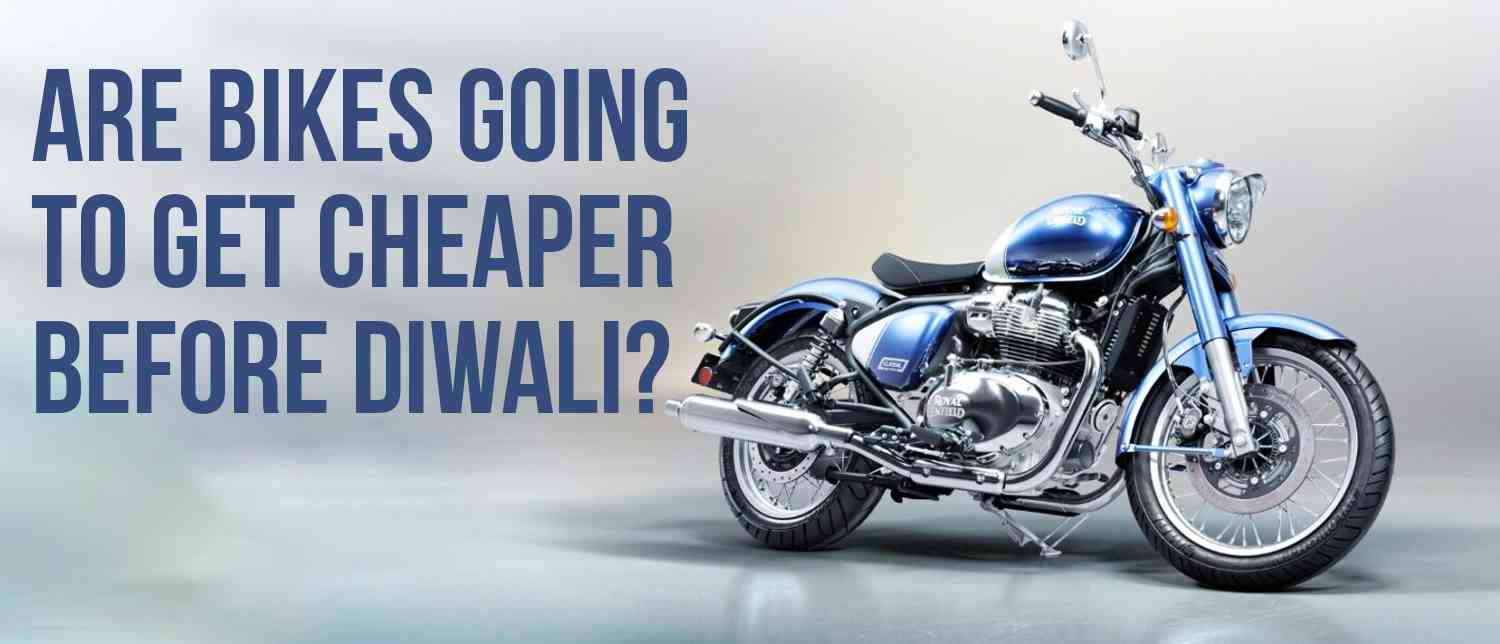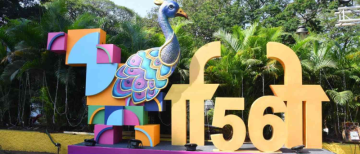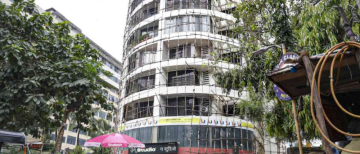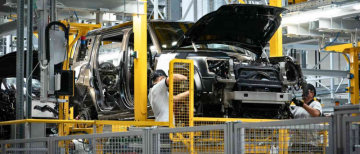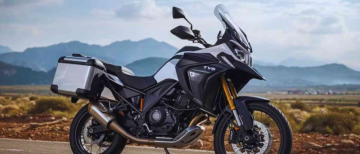Two-Wheelers May Finally Shed Their ‘Luxury’ Tag – And Become More Affordable This Diwali
For years, Indian policymakers have treated two-wheelers as if they were indulgences rather than necessities. A 28% Goods and Services Tax (GST) on motorbikes and scooters under 350cc, along with a 3% cess on larger capacity machines, has ensured that even the most modest commuter vehicle carries the tax burden of a so-called luxury good. Yet, in a country where motorcycles and scooters constitute nearly three-quarters of all automobile sales, this categorisation has long appeared absurd.
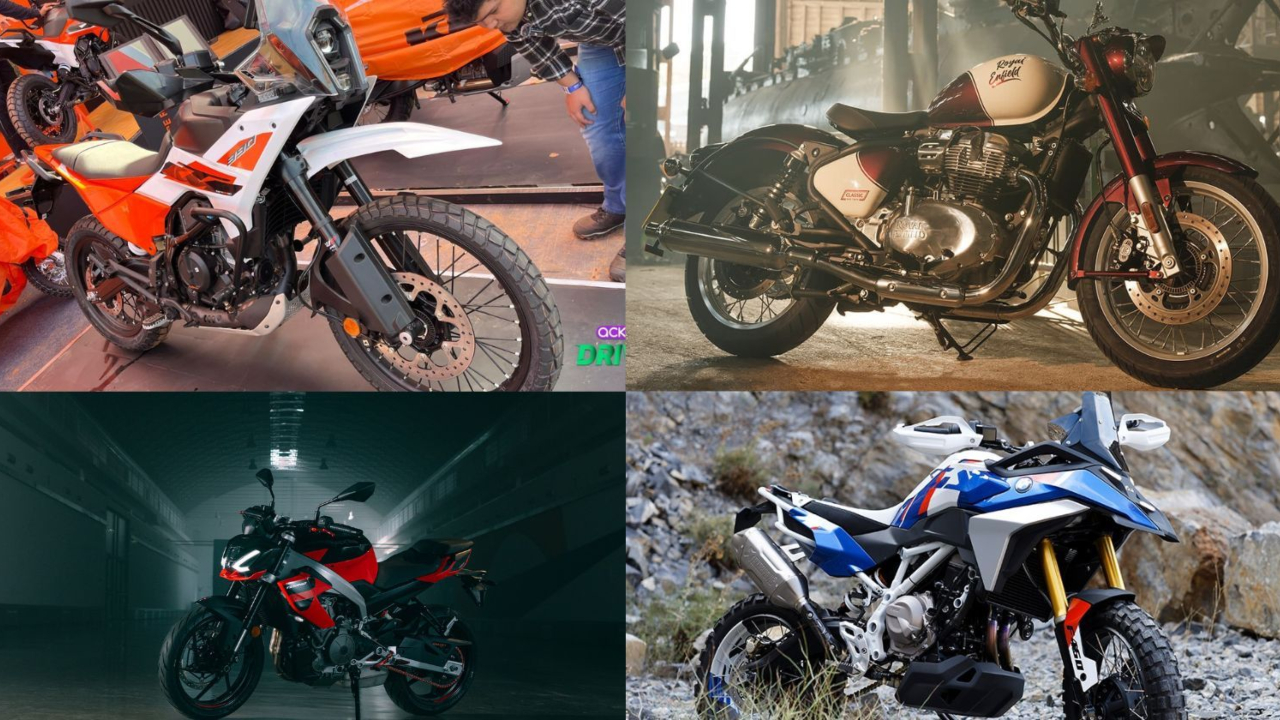
Now, with the government revisiting the GST framework ahead of Diwali 2025, there may finally be relief in sight. Reports suggest that two-wheelers could soon be shifted from the 28% slab to 18%, making them significantly more affordable for millions of households.

Why Two-Wheelers Matter to India’s Mobility Story
India is not a car-first nation. While small cars dominate headlines, the backbone of personal transport remains the humble motorcycle and scooter. From the Hero Splendor ferrying a farmer across dusty village roads, to the Honda Activa navigating congested urban lanes, two-wheelers are less an aspirational purchase than a survival tool.

The numbers speak for themselves. According to the Society of Indian Automobile Manufacturers (SIAM), two-wheelers account for about 75% of the total automotive market. In June 2025 alone, Hero sold more than 3.1 million units of the Splendor, while Honda managed over 2.3 million Activa scooters. For the financial year 2024–25, overall two-wheeler wholesales rose by over 11% year-on-year, underlining their central role in sustaining India’s mobility. To call them a ‘luxury’ is not just a mischaracterisation, it is a policy failure.

Industry Pushback and Rising Costs
Manufacturers have been lobbying the government for years to treat two-wheelers as essential goods. Hero, Bajaj, Honda, and others have repeatedly argued that motorcycles and scooters are the primary mode of transport for rural and semi-urban India, where public infrastructure remains underdeveloped. Adding to the urgency is the rising cost of compliance. With the introduction of stricter BS6 OBD2B emission norms, coupled with safety mandates and the effects of inflation, small-capacity two-wheelers have become disproportionately expensive. Hero has suggested lowering GST to 18% on entry-level motorcycles up to 125cc, while SIAM has backed a broader simplification of tax slabs. Without such reform, affordable mobility risks becoming inaccessible to the very citizens who need it most.

Festive Timing and Market Implications
The potential timing of this reform could not be more significant. Diwali has historically been a period of buoyant automobile sales, with manufacturers rolling out attractive discounts and financing schemes. If GST relief is introduced alongside these seasonal promotions, consumers could witness a double benefit – lower base prices and additional festive offers.
This could prove to be a decisive boost for the industry, especially with a wave of upcoming 125–160cc launches expected in the months ahead. By cutting taxes, the government would not only make two-wheelers more accessible but also stimulate demand across the sector, which in turn could spur job creation and strengthen allied industries such as tyres, batteries, and insurance.

What This Means for the Indian Consumer
A GST reduction from 28% to 18% would translate into tangible savings for everyday buyers. For a commuter motorcycle priced at around ₹80,000, the drop could reduce costs by ₹5,000–₹7,000. For families struggling under inflationary pressures, this difference could be the line between postponing a purchase and finally upgrading to a safer, more efficient vehicle. Moreover, if the proposal to reduce GST on insurance premiums also materialises – from the current 18% to potentially 5% – the total cost of ownership for two-wheelers would fall further. Since motor insurance is mandatory, this relief would be automatic and widespread.

Beyond Affordability: A Question of Policy Vision
Lowering GST on two-wheelers is not just about festive discounts or short-term sales. It is about acknowledging the role of motorcycles and scooters in India’s socio-economic fabric. For millions, they are not luxury items but essential tools of livelihood – enabling farmers to reach markets, workers to commute to factories, and students to travel to schools.

If India aspires to position itself as the world’s third or fourth largest economy, as the government frequently proclaims, it must begin by recognising the foundational importance of affordable mobility. The proposed tax relief on two-wheelers is a step in the right direction – one that aligns economic growth with social reality. This Diwali, then, could mark more than just a season of festivities. It could signal a long-overdue correction in how India views the vehicles that keep its people moving.

With inputs from agencies
Image Source: Multiple agencies
© Copyright 2025. All Rights Reserved. Powered by Vygr Media.

